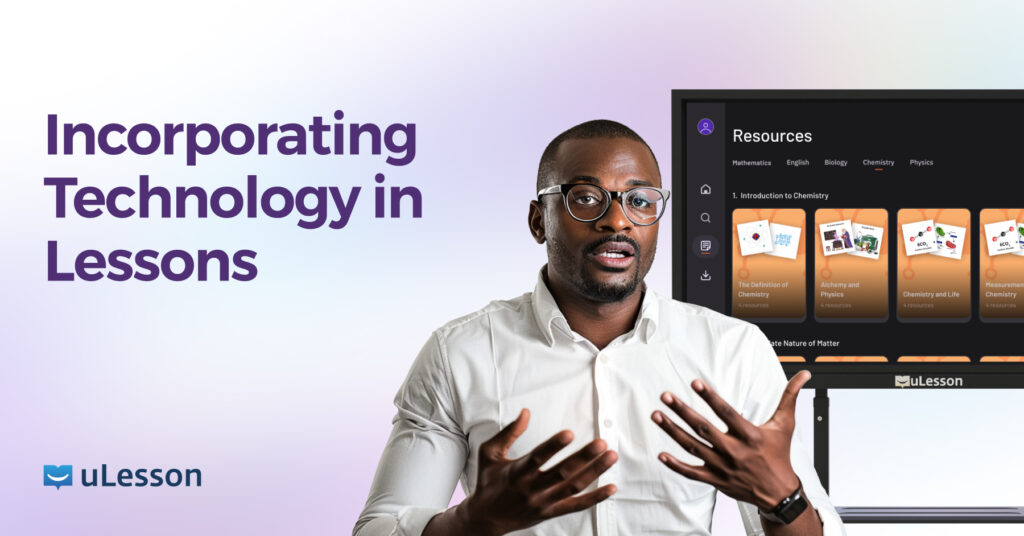In today’s digital age, incorporating technology in lessons has become essential for engaging K–12 learners. By effectively integrating technological tools, teachers can enhance student learning and make lessons more interactive and dynamic.
This post explores the importance of technology in education, the tools available for teachers, and tips for effective integration.
What is the Importance of Technology in Lessons?
Technology plays a crucial role in modern education. It allows teachers to present information in diverse ways, catering to different learning styles. Additionally, technology can foster collaboration, creativity, and critical thinking among students. With the right technological tools, educators can create a more engaging and stimulating learning environment.
Moreover, technology prepares students for the future. As digital literacy becomes increasingly important in the modern world, integrating technology into the classroom helps students develop essential skills they will need in their academic and professional lives.
Tools and Resources for Incorporating Technology in Lessons
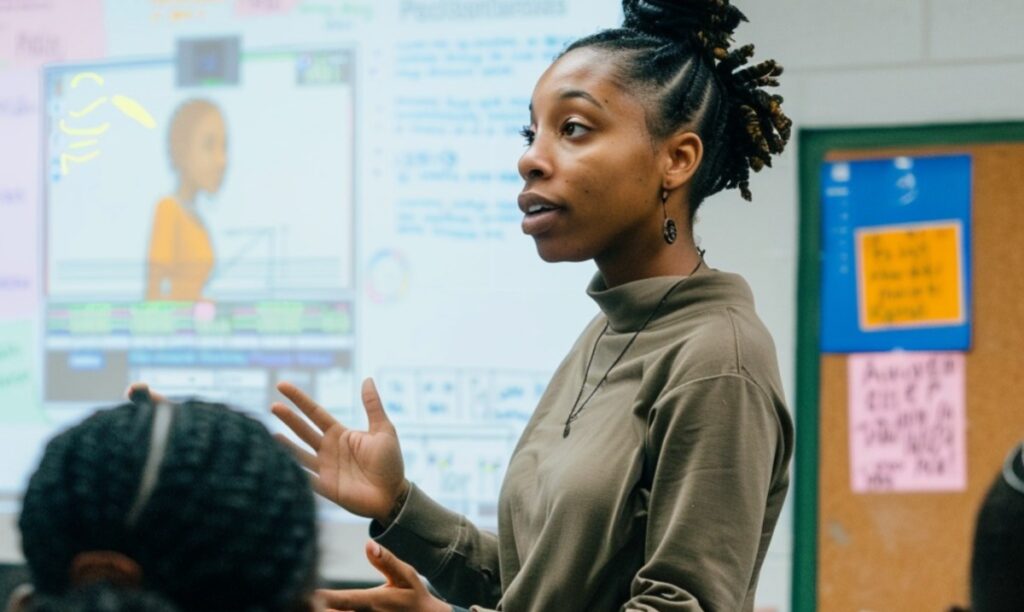
Interactive Whiteboards
Interactive whiteboards are excellent tools for making lessons more engaging. They allow teachers to display multimedia content, annotate directly on the screen, and interact with educational software.
This technology, like the uLesson Classboard, can make subjects like mathematics and science more tangible and comprehensible. With this, students can participate in interactive activities, making learning a more hands-on experience.
Educational Apps and Software
A wide range of educational apps and software can aid in lesson planning. Programmes like uLesson Classboard software which is accompanied by Teachers’ Guides provide interactive and collaborative learning experiences. This tool can be used for animated video lessons, quizzes, and classroom discussions, making learning more fun and effective.
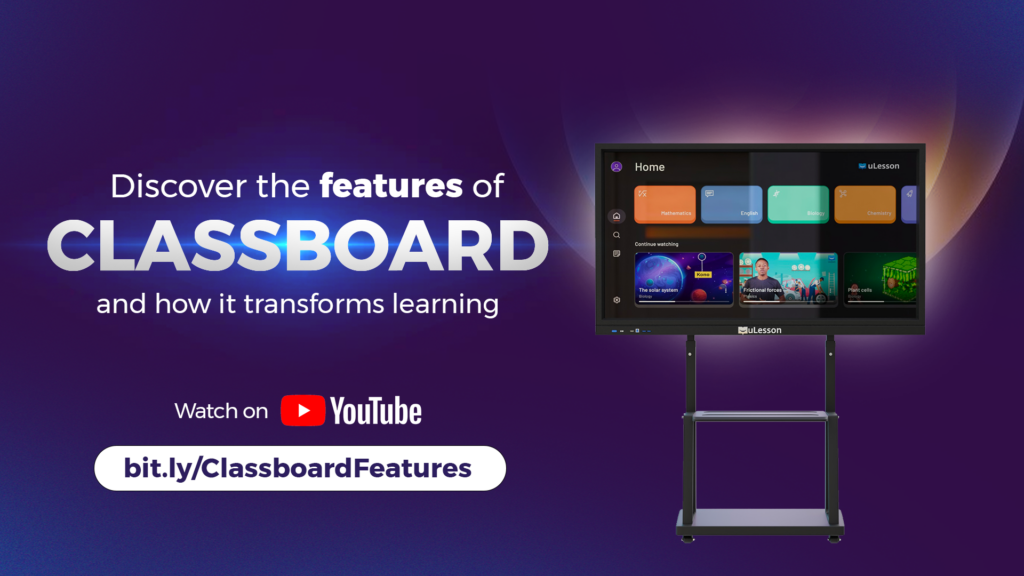
Online Resources
The internet is a treasure trove of educational resources offering free and premium videos, articles, and interactive activities that can be seamlessly integrated into lesson plans. These resources can supplement traditional teaching methods and provide students with a broader understanding of the subject matter.
For example, uLesson Classboard hardware and software offer comprehensive lessons on a wide range of science, technology, business, and humanities subjects, complete with video lessons, practice exercises, and learning resources.
Tips for Effective Integration
Start Small
Begin by incorporating one or two technological tools into your lesson plans. Gradually increase the use of technology as you become more comfortable. Starting small allows you to manage the integration process without feeling overwhelmed and helps you identify what works best for your students.
Seek Feedback
Ask students for feedback on the technological tools used. Their input can help refine and improve future lesson plans. Students are often the best judges of what enhances their learning experience. Regularly soliciting their opinions can lead to more effective use of technology in the classroom.
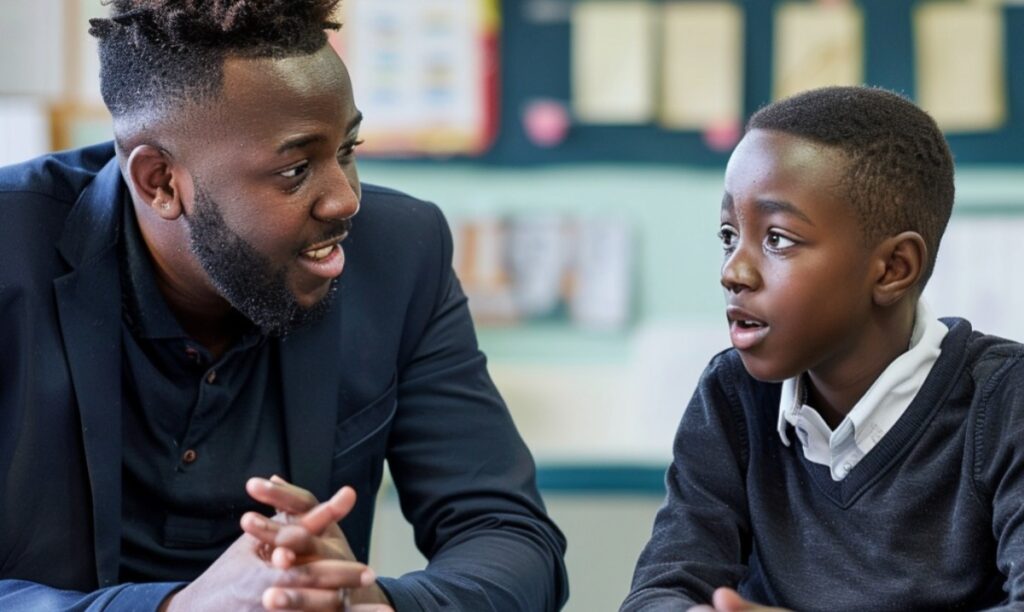
Stay Updated
Technology is constantly evolving. Attend workshops, webinars, and training sessions to stay abreast of the latest educational technologies and best practices. Joining professional networks and online communities like the uLesson Teacher Ambassador Community can also provide valuable insights and support from fellow educators.
Ensure Accessibility
Ensure that all students have access to the necessary technology. This might involve providing devices for students who do not have them at home or ensuring that software is accessible to those with disabilities. Accessibility is crucial to ensuring that no student is left behind in the digital learning environment.
Blend Traditional and Modern Methods
While technology offers many benefits, it is important not to abandon traditional teaching methods entirely. A balanced approach that combines technology with conventional instructional strategies can provide the most effective learning experience. For example, use interactive whiteboards for visual presentations but still engage students in discussions and hands-on activities.
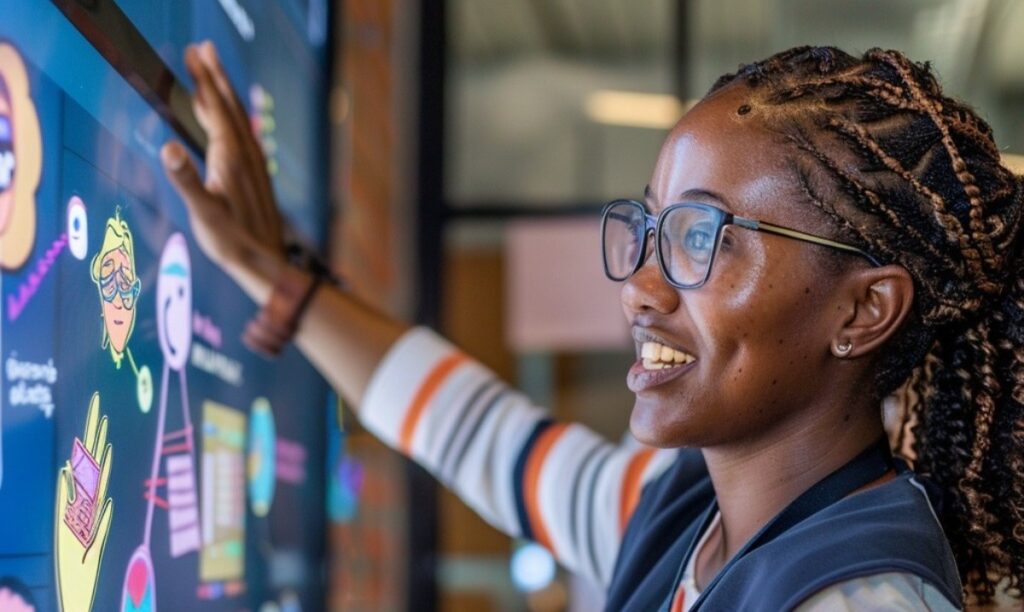
By incorporating technology in lesson planning, teachers can create a more engaging and effective learning environment for K–12 students. Embrace the digital revolution and transform your classroom into a hub of innovation and discovery. Technology not only enhances the teaching process but also prepares students for a future where digital literacy is paramount.

